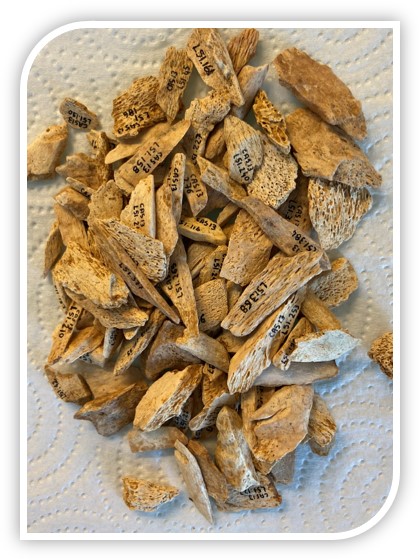 Project COEXIST was selected by the ERC and funded by the UKRI. The project will run from 2024-2029 and will focus on maximising the potential of fragmented bone to gain novel insights into the coexistence of Neanderthals and Homo sapiens in central and southeast Europe.
Project COEXIST was selected by the ERC and funded by the UKRI. The project will run from 2024-2029 and will focus on maximising the potential of fragmented bone to gain novel insights into the coexistence of Neanderthals and Homo sapiens in central and southeast Europe.
Project summary
While recent studies of ancient DNA have been revolutionary in demonstrating we interbred with Neanderthals, the chronological and geographic extent of these interactions, as well as any behavioural variations, remain poorly understood. In COEXIST, we will apply the latest technical advances from archaeological science, proteomics and genetics to reconstruct Neanderthal-Homo sapiens coexistence, which is essential to understand how we became the only human species in the world.
Small bone fragments make up 70-90% of archaeological bone collections but are often excluded from analyses, as it is not known what type of animal or human they belonged to. The method of Zooarchaeology by Mass Spectrometry (ZooMS) can now identify these fragments through variations in their collagen, allowing insights into human behaviour, as well as discoveries of new human remains.
In this project, we will apply ZooMS to 14,000 bone samples, dated to 55,000-45,000 years old, from central and southeast Europe, a region with recent evidence for an early presence of Homo sapiens. First, with these ZooMS identifications, we will reconstruct how late Neanderthals and early Homo sapiens used a site, what animals they ate, and how they selected, acquired, and butchered them. We can then test if differences in subsistence played a role in Neanderthal disappearance. Second, any human remains identified through ZooMS will be analysed using the latest proteomic and DNA methods to assess their genetic histories, including episodes of interbreeding. Finally, applying the latest advances in sample selection for radiocarbon dating, we will establish a new chronology for Neanderthal-Homo sapiens coexistence in the study region.
Through its ambitious, large-scale and multidisciplinary approach COEXIST will have a significant impact on current hypotheses on Neanderthal-Homo sapiens coexistence and shift current views on the behavioural dynamics of population interactions and replacements in our deep past.
You can find out more about the aims and structure of the project on the following pages:
Summary|Background|Objectives|Methods|Laboratory|Team |Partners |News
